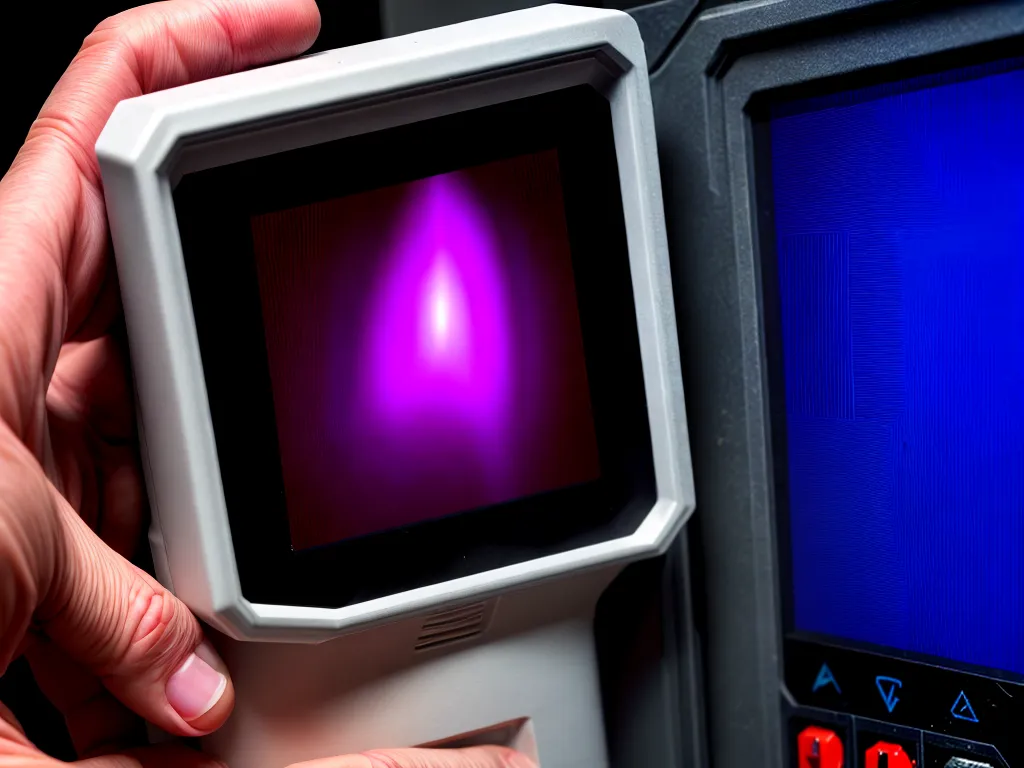
Do Thermal Imaging Scans on Electrical Panels Really Matter?
Introduction
As an electrician, I am often asked by homeowners and business owners if thermal imaging scans on electrical panels are really necessary. Thermal imaging, also known as infrared scanning, is a technology that detects abnormal heat patterns and temperatures in electrical systems. It can identify potential problems before they lead to failures, fires, or other safety issues. But with the cost involved, many people wonder if thermal scans are truly worth the investment.
In this article, I will examine the key benefits of thermal imaging for electrical panels to help determine if it’s a service worth utilizing. I will also outline factors to consider regarding when thermal scans provide the most value. My goal is to equip you with the information needed to make an informed decision about thermal imaging for your property's electrical safety.
How Thermal Imaging Works
- Thermal cameras detect infrared radiation, allowing them to "see" heat patterns not visible to the naked eye
- Electrical issues like loose connections, corrosion, overloaded circuits all generate excessive heat
- The thermal imaging scan produces images mapping out hot spots in electrical systems
- I can then pinpoint where potential faults exist based on abnormal heat signatures
By identifying hot spots from issues like high resistance connections, thermal scans can detect electrical problems long before system failures occur. I simply analyze the thermal images to determine where hazardous faults likely exist.
Key Benefits of Thermal Imaging
Here are some of the major benefits thermal imaging on electrical panels can provide:
-
Detects hidden electrical faults early - Finds temperature abnormalities that indicate developing faults, before failure happens. This allows for proactive repairs.
-
Reduces fire hazards - Faulty electrical connections are a major cause of electrical fires. Thermal scans can detect them before they become fire risks.
-
Avoids shutdowns from failures - Catching faults early prevents power interruptions from sudden equipment failures.
-
Enhances workplace safety - Identifying electrical hazards reduces safety risks for employees. Faults left undetected put workers in danger.
-
Saves money on repairs - Detecting minor faults early is much cheaper than waiting for catastrophic failure requiring large-scale repairs.
-
Increases system reliability- Proactively correcting issues minimizes downtime and enhances the system's performance and lifespan.
-
Provides documentation - The imaging serves as documentation of the electrical system's condition for insurance purposes.
When Thermal Scanning Provides the Most Value
Based on the benefits outlined above, thermal imaging of electrical panels is particularly valuable in the following situations:
-
For older electrical systems - Scans help find hazards from age-related breakdowns in insulation, connections, and components. Thermal faults are likely in outdated systems.
-
When electrical loads have increased - Upgrading equipment can overload circuits. Thermal imaging identifies stressed components and inadequate wiring.
-
High-risk facilities - Hospitals, data centers, industrial sites, and other high-risk facilities benefit greatly from the proactive protection thermal scanning provides.
-
Preventative maintenance programs - Scans at 6 months to 1 year intervals provide ongoing monitoring for hidden electrical faults.
-
Before major equipment upgrades - Scans prior to adding loads help verify capacity and condition to avoid future problems.
-
When electrical bills rise significantly - Unexpected high electric bills may indicate faults causing waste. Thermal imaging can pinpoint suspect equipment.
Case Study: Preventing Shutdown in a Manufacturing Facility
Here is a real world example highlighting the value of thermally scanning electrical systems:
A manufacturing plant was experiencing brief power interruptions causing equipment to shut down unexpectedly. They called me to perform a thermal imaging scan on their main electrical distribution panels hoping to identity the cause.
The images showed several highly elevated hot spots indicating severe connection issues. I color coded the images to clearly identify the locations of the faults.
I alerted the maintenance team to the imminent failures so repairs could be made. The faulty connections were verified and corrected, preventing a major outage. Had the thermal scan not been performed, the entire plant would have faced an unplanned shutdown once the connections fully failed.
This case demonstrates how infrared thermography was able to detect hazardous electrical faults before they caused disastrous downtime for the plant. The images provided actionable data to address the problems proactively.
Factors to Consider
When deciding if thermal imaging will provide value for your facility, here are some important factors to take into account:
-
Age of electrical system - Scanning older panels provides more benefit than brand new installations. Faults develop over time.
-
Critical nature of facility - Businesses with high costs from downtime benefit most from proactive scanning.
-
Frequency of scans - Ongoing preventive scans offer more advantages than one-time checks. Annual intervals are recommended.
-
In-house expertise - Proper image analysis requires qualified thermographers. Lack of expertise diminishes the benefits.
-
Future expansions planned - Scans help identify capacity issues before adding loads. Verify your system can handle increased demand.
-
Cost vs. benefits - Consider the costs of an outage caused by failure vs the investment in thermal imaging to help avoid it.
Conclusion
Thermal imaging offers powerful preventive maintenance benefits by enabling early identification of hidden electrical faults and hazards. For critical facilities and older electrical systems, thermal scans can be highly effective for detecting issues proactively, avoiding failures, enhancing safety, and reducing costs. While the upfront investment is not insignificant, the value derived from infrared imaging of electrical panels often justifies the cost when used properly at the right intervals. In many cases, thermal scans deliver savings that outweigh their expense.